Do Cats Like It When You Touch Their Whiskers?
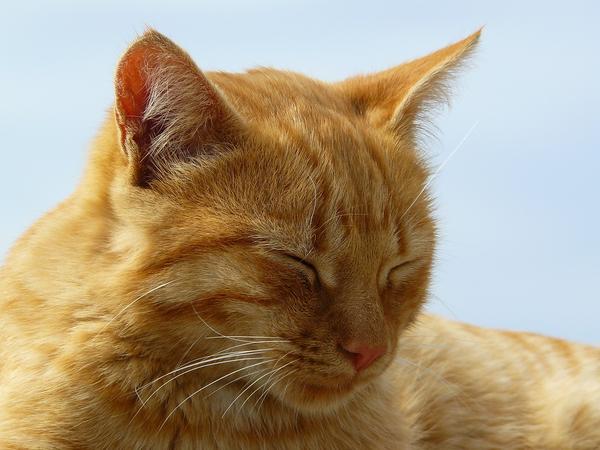
Ever wondered if your feline companion secretly despises it when you touch their whiskers?
Perhaps you've stared into those captivating eyes, longing for an answer. 😺
Do cats relish the sensation, or is it an utter affront to their regal sensibilities?
Let's delve into the mysterious world of whisker-touching, where uncertainty reigns and our feline friends hold the secrets.
Are you ready?
Let's begin.
Do Cats Like When You Touch Their Whiskers?
Whiskers are a cat's superpower
Cats have this amazing thing called whiskers.
It's those long, delicate hairs on the sides of their cute little faces.
But they're not there just for looks.
Those whiskers actually help cats sense what's going on around them.
Some cats enjoy whisker touch
You know when you want to touch a cat's whiskers?
Well, some cats really like that.
It doesn't hurt them or anything.
In fact, it can be pretty entertaining. They might make a funny face or even play around with you.
Watch and learn from your feline friend
But here's the deal.
Every cat is different, just like every morning coffee has its own swirls.
So how do you know if your furry friend is cool with you touching their whiskers?
Well, just pay attention to how they react and behave.
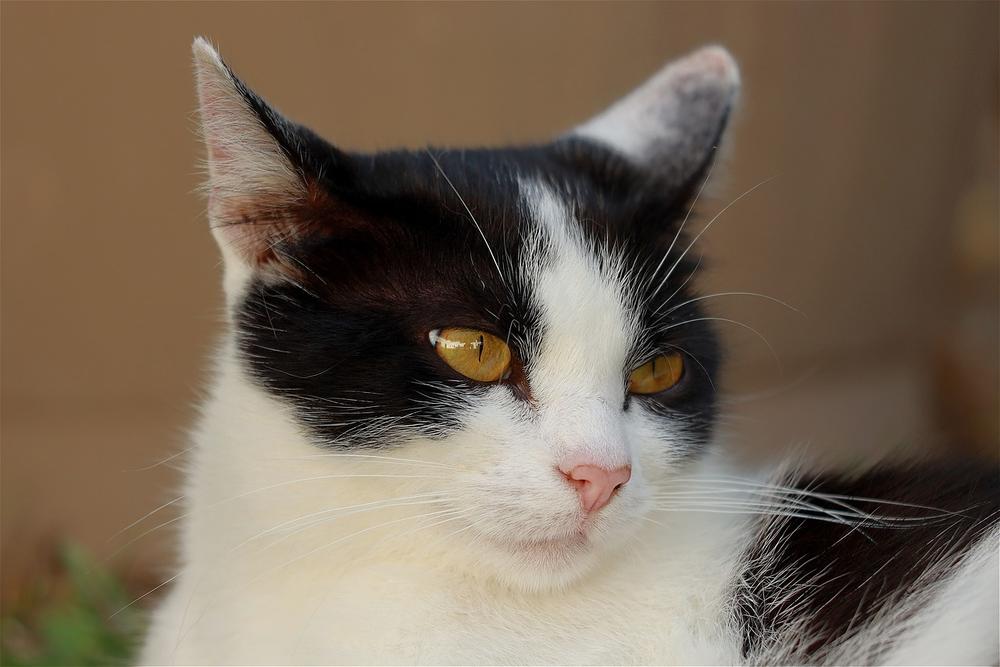
Are they super happy and purring?
Do they lean in for more?
On the other hand, keep an eye out for any signs of discomfort.
If they pull away or flick their tail, it could mean they don't want you messing with their whiskers.
And that's totally fine!
Cats need their personal space too. Respect their boundaries and make sure they feel comfy.
After all, whiskers are their superpower, and we should treat them with love and care.
So, I've been talking about how whiskers are a cat's superpower and how some cats enjoy having their whiskers touched.
But did you know that the position of a cat's whiskers can actually tell you a lot about their behaviors and moods? It's true! Understanding the significance and cues associated with the position of your cat's whiskers can provide valuable insights into their well-being.
If you're curious to learn more, I highly recommend checking out my blog post on What Does the Position of Your Cats Whiskers Mean.
In this guide, I delve deeper into this topic and share fascinating insights that can help you better understand and care for your furry friend.
Don't miss out on this informative resource – it's a must-read for any cat lover.
The Purpose of a Cat's Whiskers
Cat whiskers have multiple functions, including measuring distances and detecting obstacles. They act as sensory tools, providing essential information about the environment. Whiskers also help cats navigate and sense objects. Additionally, they assist in detecting movement and determining if a cat can fit through openings.
Whiskers serve multiple important functions beyond being a fancy feature for cats.
They play a crucial role in measuring distances and detecting obstacles, particularly in narrow spaces.
This is why cats can gracefully maneuver through tight spots.
Whiskers also act as sensory tools, similar to tiny antennas. They provide cats with essential information about their environment and trigger involuntary reactions if something touches them.
In addition to touch, cats rely on their whiskers to make sense of their surroundings.
Removing a whisker may seem harmless, but it hinders their ability to effectively navigate and sense objects around them.
Interestingly, cats have an exceptional sense of smell, far superior to humans.
They possess twice as many odor-sensitive cells as we do.

Furthermore, whiskers are not limited to a cat's face.
They can also be found above their eyes, on their chin, and even on the back of their lower front legs (carpal whiskers).
These additional whiskers assist cats in detecting movement, especially in relation to prey.
Lastly, whiskers help cats determine if they can fit through openings.
It's like a whisker check before embarking on an adventure, ensuring they won't get stuck or embarrassed.
However, you might be wondering - what happens if you touch or trim your cat's whiskers?
Is it harmless or could it potentially cause harm?
Let's explore the potential consequences and why it's best to avoid interfering with these important sensory tools.
Trust me, you don't want to miss this crucial information for keeping your furry friend safe and happy!
Taking Care of Your Cat's Whiskers
To ensure your cat's whiskers stay in tip-top shape, here are ten essential tips you should follow:
- Don't yank or cut off your cat's whiskers - they're as important as your own nails.
- Think of them like little antennas for cats and leave them be.
- Trimming them could irritate their sensitive nerves at the root, so it's a no-go.
- Remember, not all cats have the same whisker-lengths; longer-haired breeds tend to have longer whiskers.
- Use wide bowls when feeding your furry friend to avoid putting pressure on those magnificent whiskers.
- Excessive shedding might point to an underlying problem such as allergies or infection, so keep an eye out.
- Sometimes, as cats get older, their whiskers may change color - just another one of nature's quirks.
- Keep in mind that whiskers aren't just there for show - they help cats navigate and stay safe.
- So, let your cat's whiskers move freely and let them fully sense their surroundings.
- Lastly, never forget to embrace and appreciate your extraordinary feline friend for who they are.
Whiskers serve as a fascinating insight into a cat's world - preserving them is key to their in essence well-being. 😺
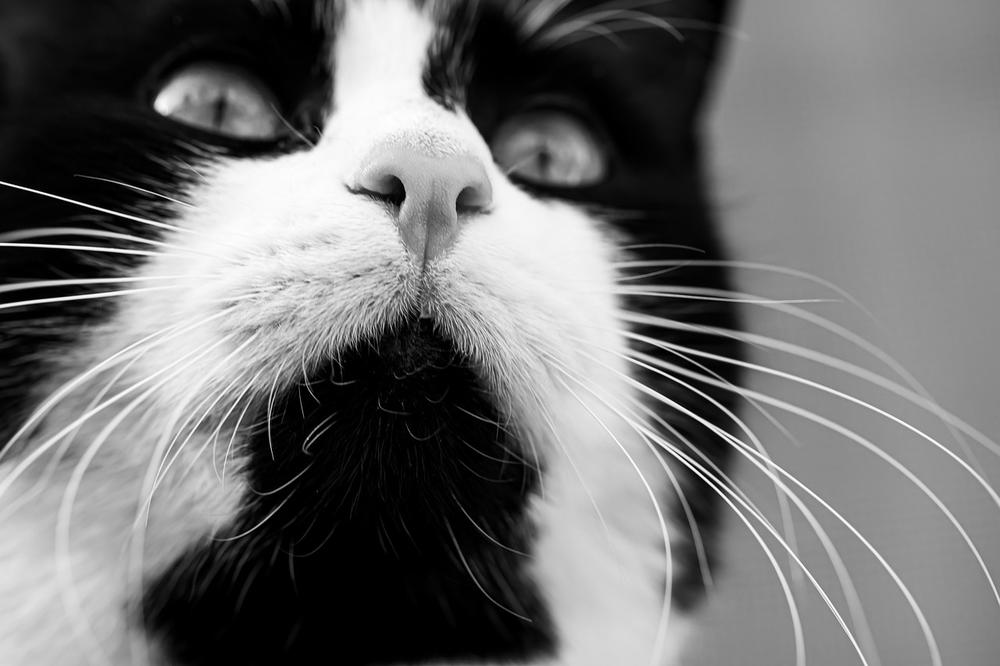
Well, you may wonder how long it takes for cat whiskers to grow back...
Let me satisfy your curiosity!
Do Cat Whiskers Grow Back?
Cat whiskers do grow back, just like eyelashes.
It's a slow process that can take months or even years.
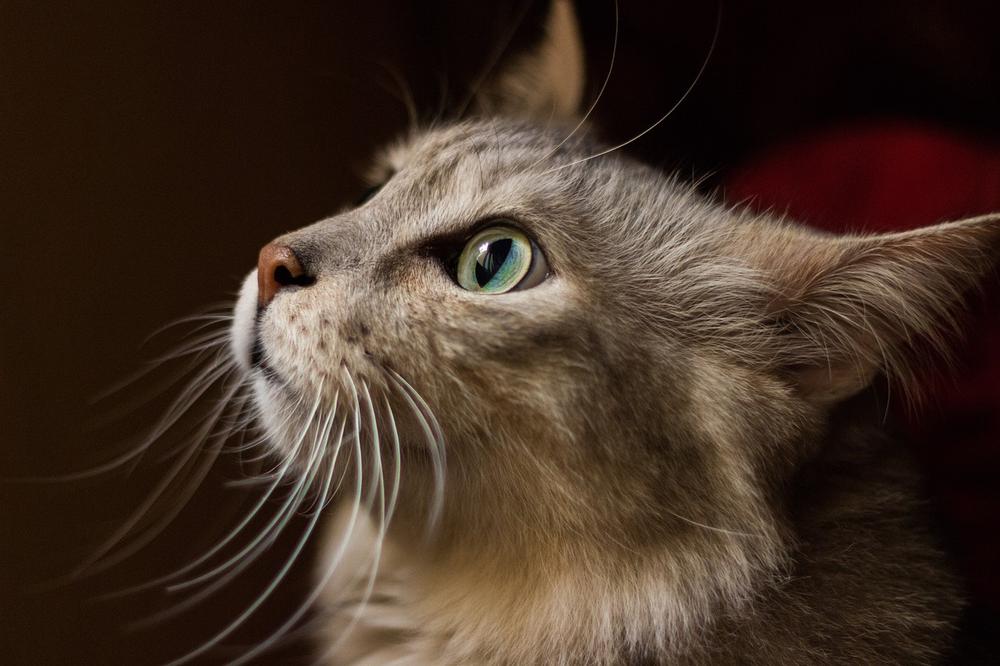
Whiskers go through different phases of growth, dormancy, and shedding, much like fur.
So don't worry if your furry friend loses their whiskers – they'll come back in due time. Remember, whiskers are crucial for cats as they help them navigate their surroundings, so you must give them the time and space to regrow naturally.
Be patient, and soon you'll see those sleek whiskers once again, helping your feline companion explore the world around them!
Where Do Cats Like to Be Pet the Most?
Here are 10 spots cats love you to pet them:
- Chin and neck: Cats dig it because of those fancy scent glands.
- Behind the ears: A few scratches turn on the purr machine.
- Base of the tail: Some felines melt when you gently stroke here.
- Top of the head: Give 'em a soft touch and watch their contentment soar.
- Cheeks: Lightly rub their cheeks for an instant love fest.
- Backstrokes: Slowly glide your hand along their spine, pure bliss.
- Belly rubs: Not all cats dig it, but some adore gentle belly rubs.
- Under the chin: Give their chin a little tickle and witness extra happiness.
- Paw massages: Rub-a-dub their paws for some serious relaxation.
- Surprise spot: Keep your distance from their bellies, they're not fans.
Finding these sweet spots will make your bond with your cat stronger!
But have you ever wondered about your cat's whiskers?
Why are they so important?
And what does it mean when they're touched?
Let me explain.
You see, whiskers are not just for show - they actually serve a vital purpose in feline communication...
Understanding How Cats Communicate
| Whisker Touching and Cats | Cat's Response |
|---|---|
| Yes, it is normal for cats to enjoy having their whiskers touched. | Some cats may lean in and show signs of pleasure like purring or closing their eyes in contentment. |
| No, it is not harmful to them. | Gently touching a cat's whiskers does not pose any harm, as long as it is done carefully and without applying too much pressure. |
| Importance of Proper Handling | It is crucial to respect a cat's boundaries and avoid touching their whiskers forcefully, as it may cause discomfort or stress. |
| Individual Preferences | It's important to consider that every cat is unique, and while some may enjoy whisker touching, others may not. Respect your cat's preferences and observe their reactions. |
When your cat's whiskers are relaxed and pointing forward, it means they're feeling calm and at ease.
Whiskers aren't just there for show, you know? They actually have an important role in how cats communicate with us and each other.
Did you realize that your cat's whiskers can give you insight into their emotions?
It's true!
When a cat is happy or excited, their whiskers perk up and become more alert.
But when they feel scared or threatened, their whiskers will point outward as a sign of caution.
So it's worth paying attention to those whiskers to get a sense of how your kitty is feeling.
And that's not all!
Cats have an impressive 32 muscles controlling their ears while we humans only have six.
Talk about flexibility!
But wait, there's more!
Cats also have incredible night vision and the largest eyes proportionate to their body size. That's why they can see so much better than us in the dark.
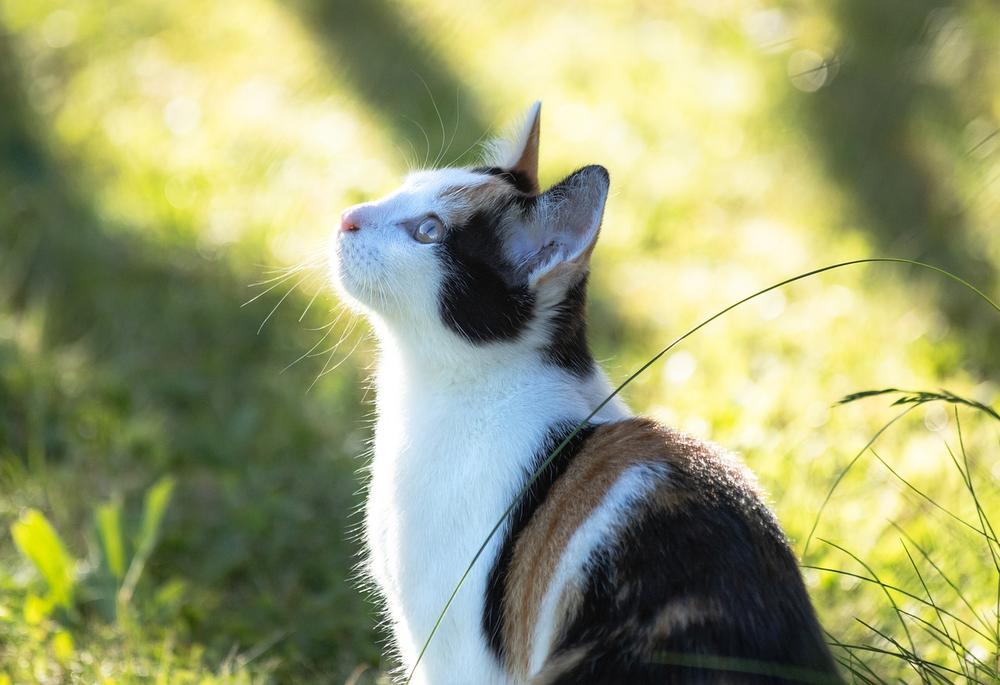
Such fascinating creatures, aren't they?
Now let's revisit the topic of whiskers.
If your cat's whiskers are positioned forward, it indicates that they are alert and on high alert.
Just like a skilled hunter!
But if their whiskers flatten against their cheeks, be cautious!
This could mean that your feline friend is either angry or afraid.
Understanding your cat's body language is vital for effective communication.
Pay attention to their whiskers and observe how they respond when you touch them or other parts of their body.
Having this knowledge will help you deepen your connection with your furry companion.
So the next time your cat brushes their whiskers against you, you'll know exactly what they're trying to convey.
Stay attentive, be present, and embrace the unique language that cats use to communicate with us.
And that's not all! If you want to delve even deeper into understanding your cat's behavior, I highly recommend checking out my article on Why Does My Cat Like Her Nose Rubbed.
This informative piece will shed light on the reasons behind your feline friend's enjoyment of nose rubs.
Just don't forget to have a curious mind and be open to discovering more about the wonderful world of cat communication.
Cats: Mysterious Whiskers and Unspoken Communication
Takeaways:
- Touching a cat's whiskers is harmless as there are no sensory cells on them.
- Observe your cat's reaction to see if they enjoy whisker touches.
- Whiskers serve multiple functions, including sensing air currents and conveying information.
- Pulling out a whisker hampers a cat's navigation and sensing abilities.
- Cat whiskers are highly sensitive and play a vital role in their safety.
- Whiskers should never be pulled or trimmed to avoid discomfort.
- Cat whiskers can change color and indicate underlying issues.
- Whiskers grow back slowly and naturally shed.
- Cats have preferred spots for petting, varies from cat to cat.
- Whiskers are important for feline communication and revealing emotions.
And that wraps up today's article.
If you wish to read more of my useful articles, I recommend you check out some of these: Why Do Cats Purr When You Pet Them, Why Does My Cat Wag Her Tail While Purring, Why Does My Cat Purr So Loudly, Why Does My Cat Lay on Me and Purr, and Cats Purr While Eating
Talk soon,
-Sarah Davis